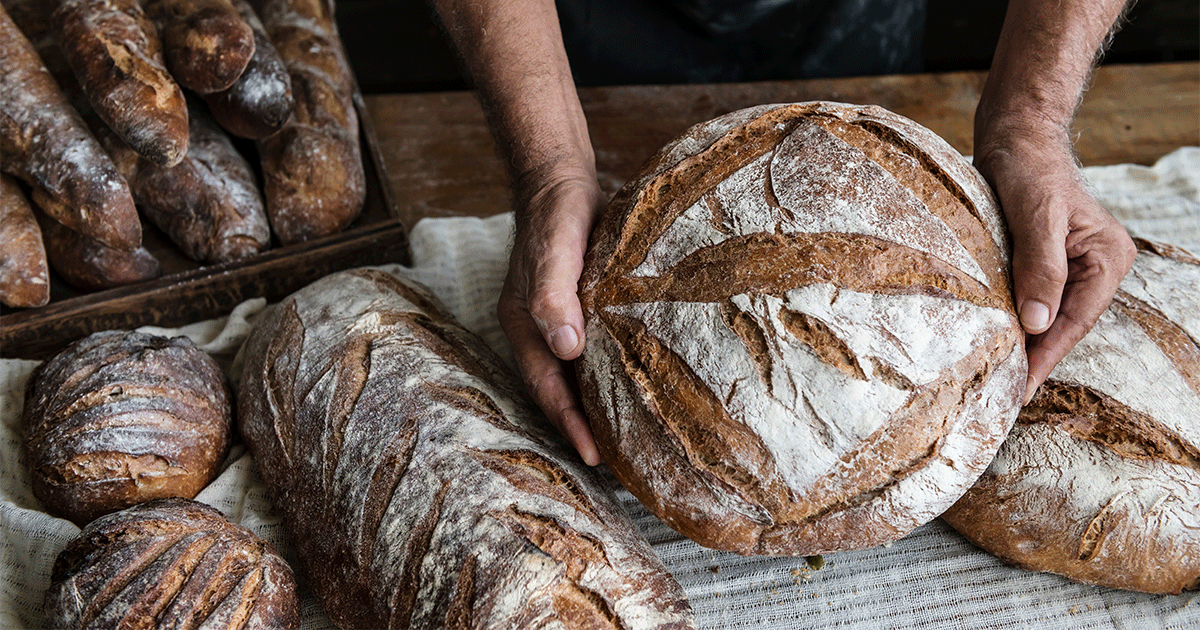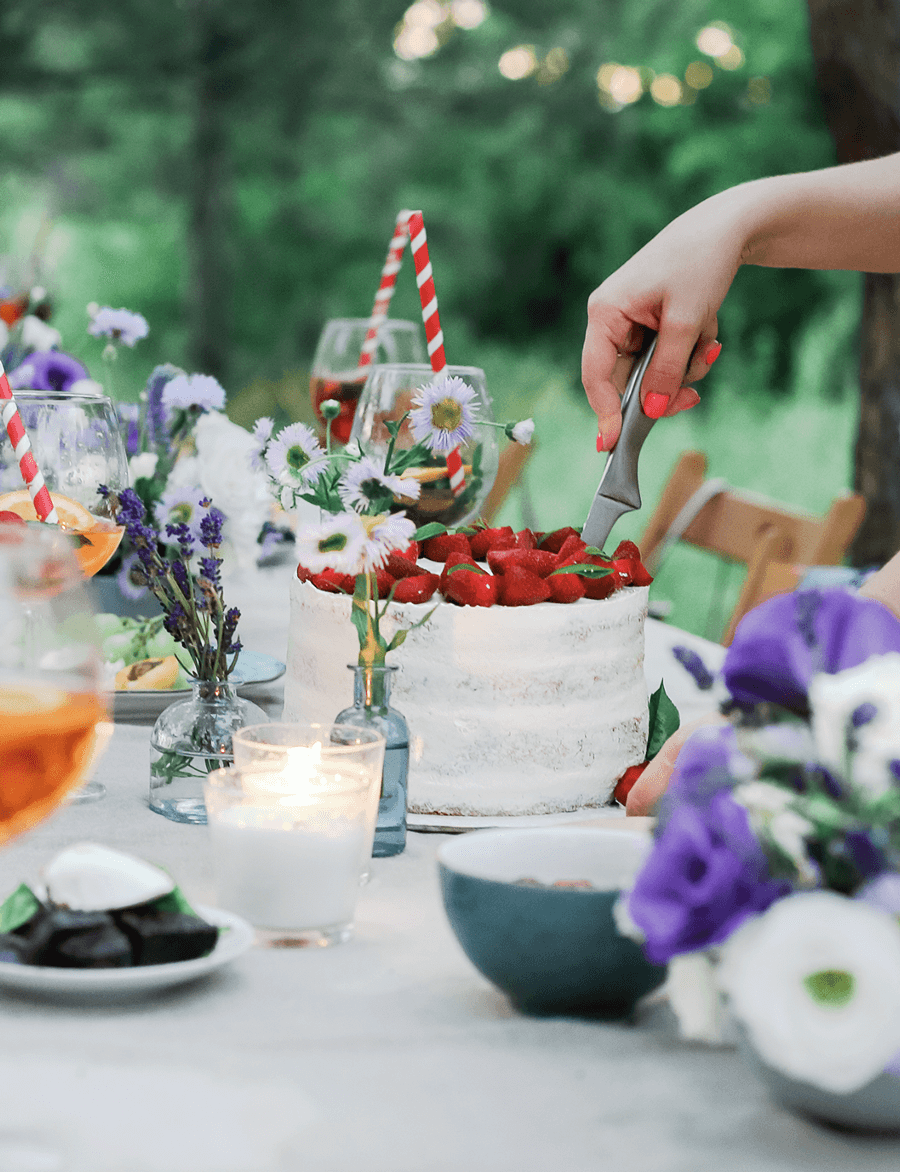Bread is the most important staple food of humans from the prehistoric time and was part of our diet since then. Primitive people baked flat breads 12,000 years ago by mixing flour and water and baking them in the sun. The Egyptians are thought to have discovered how to make risen bread with a starter made from wild yeast. Today, bread is sometimes demonized as a carbohydrate source that makes people fat, and it is often the first thing thrown out by dieters and some argue that industrial bread production means too many preservatives, additives and salt, making it unhealthy. But bread can be a good source of both carbohydrates and whole grains that are needed in a balanced diet.
Different breads have different properties. Instead of avoiding bread, knowing what is in each slice and watching how much of it you eat each day is usually the healthier course.
What is the healthier bread?
To choose a beneficial bread, look for varieties made from 100% whole-grain and/or sprouted-grain flours. Make sure your bread has no added sweeteners or vegetable oils. A few good options include sourdough, rye, flax, and oat breads.
SOURDOUGH BREAD RECIPE |
SERVES 1 LOAF
Keep in mind that bread rising time is affected by weather and seasons. In winter, cold kitchens will lengthen the rising time. In summer, or warm weather, hot kitchens will shorten the rising time. So this is a rough estimate.
INGREDIENTS
For the loaf
- 500g strong white flour, plus extra for dusting
- 1 tsp fine salt
- 1 tbsp. clear honey
- 300g sourdough starter
- Flavorless oil, for greasing
PREPARATION
If you have sourdough starter you should feed it 8-12 hours before you plan to mix up the dough, otherwise here’s how you do it:
- In a large bowl, mix together 100g of the flour with 125ml slightly warm water. Whisk together until smooth.
- Transfer the starter to a large jar. Leave the jar for 60 min. or so in a warm place then seal and set aside for 24 hrs.
- For the next 6 days, you will need to ‘feed’ the starter. Each day, tip away half of the original starter, add an extra 100g of flour and 125ml slightly warm water, and stir well. Try to do this at the same time every day.
- After 3-4 days you should start to see bubbles appearing on the surface, and it will smell yeasty and a little acidic (a good indicator that the starter is working).
- On day 7, the starter should be quite bubbly and smell much sweeter. It is now ready to be used in baking.
SOURDOUGH
- Tip the flour, 225ml warm water, the salt, honey and the starter into a bowl, or a mixer fitted with a dough hook. Stir with a wooden spoon, or on a slow setting in the machine, until combined – add extra flour if it’s too sticky or a little extra warm water if it’s too dry.
- Tip onto a lightly floured surface and knead for 10 mins until soft and elastic – you should be able to stretch it without it tearing. If you‘re using a mixer, turn up the speed a little and mix for 5 mins.
- Place the dough in a large, well-oiled bowl and cover. Leave in a warm place to rise for 3 hrs. You may not see much movement, because sourdough takes much longer to rise than a conventional yeasted bread.
- Line a medium-sized bowl with a clean tea towel and flour it really well or, if you have a proving basket, you can use this .Tip the dough back onto your work surface and knead briefly to knock out any air bubbles. Shape the dough into a smooth ball and dust it with flour.
- Place the dough, seam-side up, in the bowl or proving basket, cover loosely and leave at room temperature until roughly doubled in size. The time it takes for your bread to rise will vary depending on the strength of your starter and the temperature in the room, anywhere from 4-8 hrs. You can also prove your bread overnight in the fridge. Remove it in the morning and let it continue rising for another hour or 2 at room temperature.
- Place a large baking tray in the oven, and heat to 230C. Fill a small roasting tin with a little water and place this in the bottom of the oven to create steam. Remove the baking tray from the oven, sprinkle with flour, and then carefully tip the risen dough onto the tray.
- Slash the top a few times with a sharp knife, if you like, then bake for 35-40 mins until golden brown. Let it cool on a rack before cutting. If you like a softer crust bake covered 25 minutes, uncovered 10 minutes.
OTHER ARTICLES YOU’LL ENJOY |







